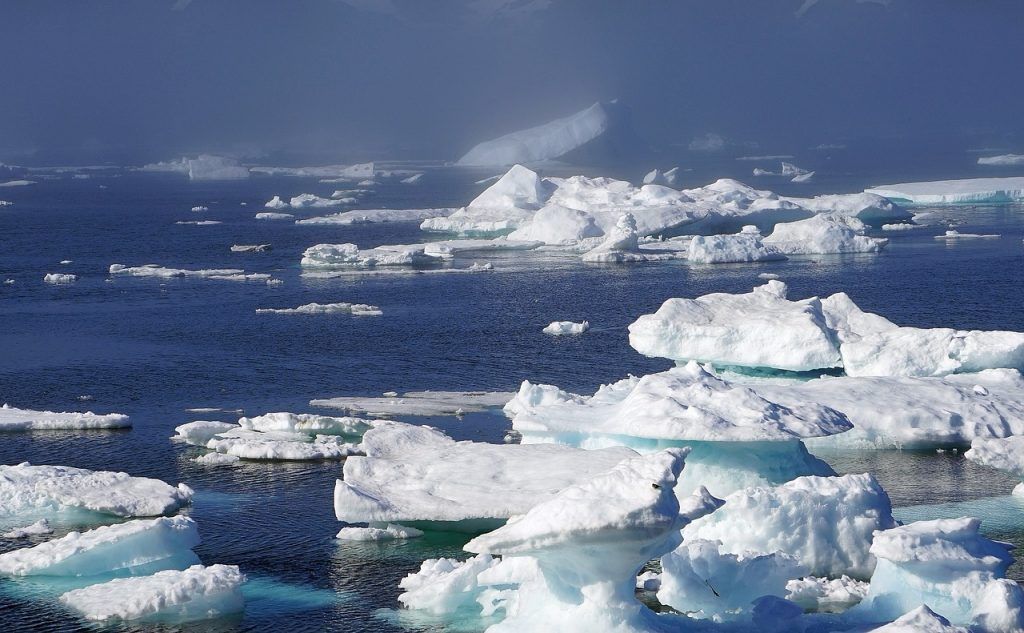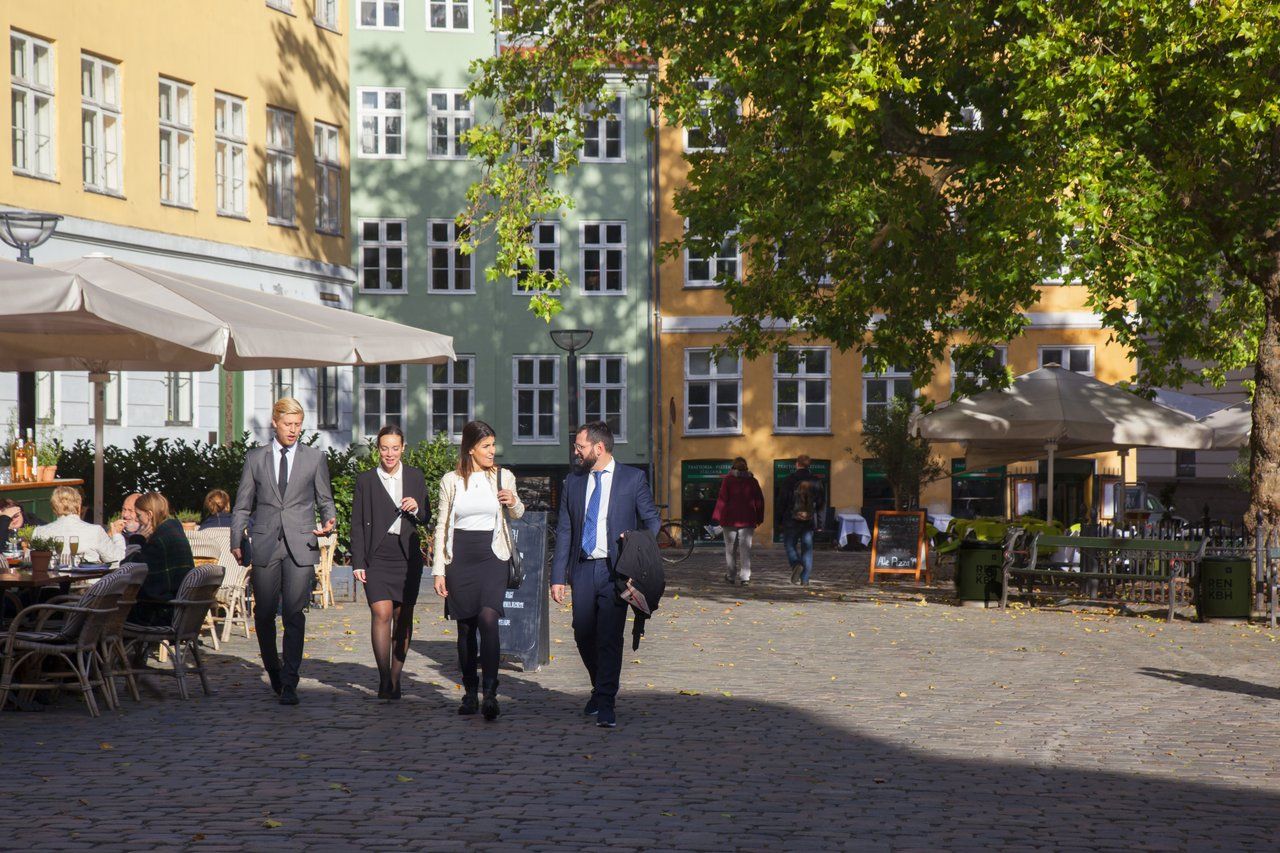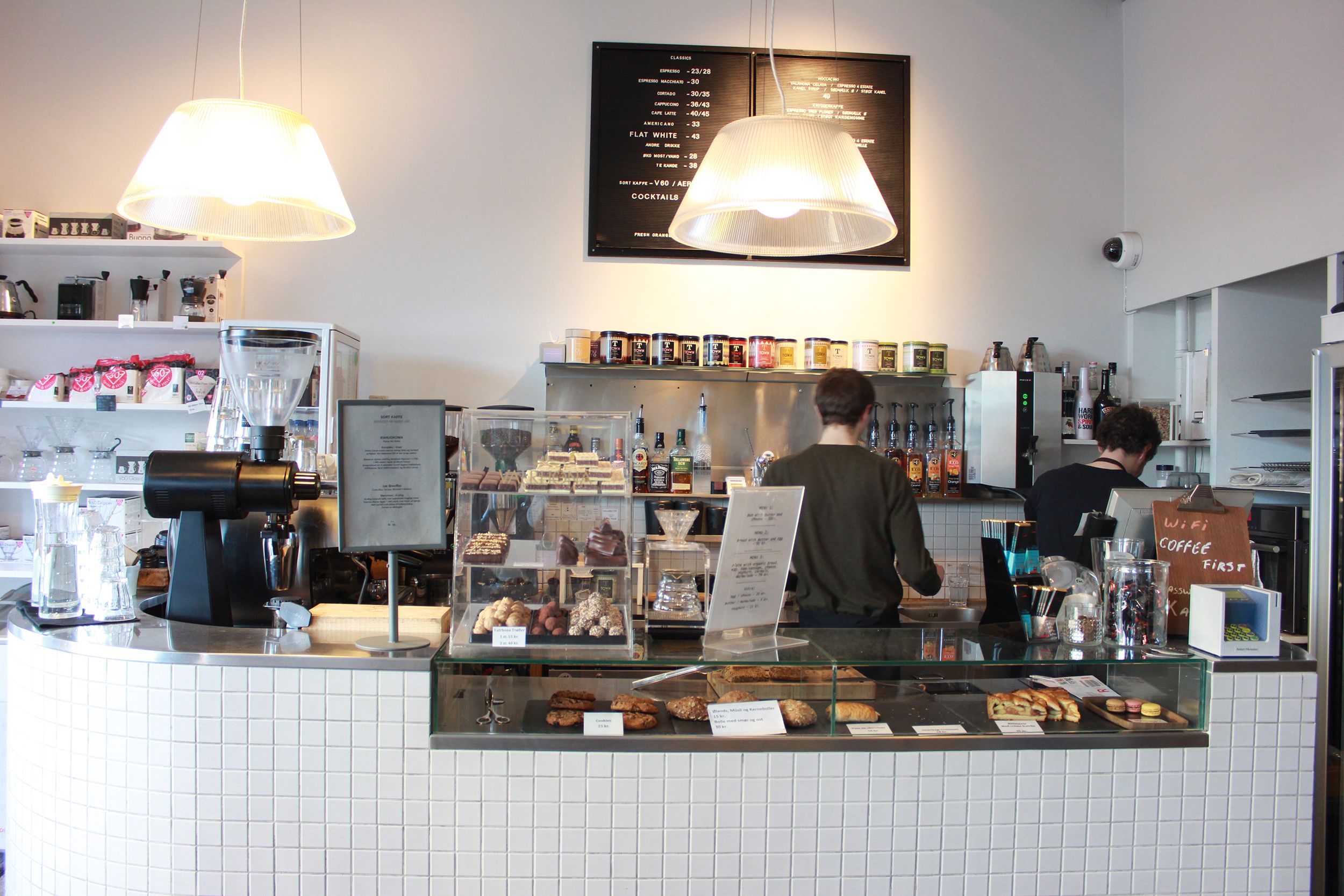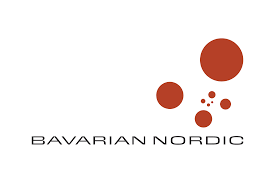A chance request a few years ago caused me to wander off my usual business and politics beat into an area I had previously ignored: food writing. It was the spring of 2009 and the relatively unknown restaurant Noma had shocked the foodie world by leaping from anonymity to the title of third best restaurant in the world.
The Financial Times rang and asked if I could I do a restaurant review the following evening? No can do, said I, explaining that it was my husband’s 50th birthday and we had already booked a family table elsewhere. But once I heard the name of the restaurant the FT wanted reviewed I agreed to cancel my cheapo bistro reservation and go to Noma on the condition that the kids could come too.
It was an unforgettable, magical evening. Never before had I encountered food prepared with such painstaking attention to detail. Each of the ten or twelve dishes we worked our way through was a feast for the eye and the taste buds. Ingredients we had never heard of before were combined with familiar staples to produce stunningly innovative flavours. Advanced culinary techniques were deployed to produce emulsions and reductions and frozen foams that assaulted the senses in a glorious feast of flavour. From first sight and first bite we were converts to the new Nordic movement.
As we made to leave, Noma co-owner René Redzepi stunned us with a present of a birthday cake for my husband. (I had told the restaurant of the celebration in order to secure a table at such short notice.) It was a lovely gesture and much appreciated. And, of course, it was delicious.
Our night at Noma was the start of an extremely tasty sideline. Though I had never written about food before, I’ve always been interested. As a cook, I’m only so-so, but as a consumer I’m willing to try anything, be it polar bear soup (Greenland) or jellied camel’s hump (China). And like a lot of other people, my bookshelves groan under the weight of too many cookbooks.
So for me, visiting fine dining establishments for free and then getting paid for it seemed like a dream come true. By judiciously checking out the restaurant scene in any city I was about to visit, and cajoling food editors to pick up the tab, I notched up more than my share of Michelin-starred eateries.
Along with all manner of exotic ingredients, by talking to chefs I became familiar with esoteric equipment like Pacojets and Thermomixers and I learned to understand advanced techniques like sous-vide cooking and blast freezing.
It was a great affair. But then, just as abruptly as it started, it ended. The reason was another unexpected assignment that also led me onto a new journalistic track – a trip to northern Ghana to see the World Food Programme in action.
Prior to this trip, I had only marginal experience of the developing world and that came from attending the odd conference where men in suits spoke of billions of dollars. I had never been in the field before. It was an eye-opener.
Close to the border with Burkina Faso (one of the world’s poorest countries), the WFP and the Ghanaian government were running an impressively successful joint project to boost girls’ participation in education. The formula was simple: by providing one square meal a day for children in school and providing a little extra for the rest of their families, hundreds and thousands of parents were induced to send their daughters to school instead of working in the fields or being married off at 13.
By learning to read and write, these girls improved their own prospects and, by extension, the economic prospects of their communities. This is development aid that works – a relatively small capital outlay in return for a sustainable future.
Meeting these kids in the rough-and-ready schools around Tamale taught me more than I ever learned from studying cookbooks and interviewing chefs. It taught me the real value of food. And it made me question my own tipsy, hedonistic pursuit of Michelin stars.
So I stopped writing about food. Call me a coward, but I just can’t stomach any more foodie writing. Noma and its ilk are still wonderfully innovative and exciting, but in a world where 7.6 million children under five die every year from preventable causes, penning articles about haute cuisine seems an exercise in narcissism. I’m not a total ascetic – I love the conviviality of a good meal out. But these days, I pay for my own food. And I never write about it.















